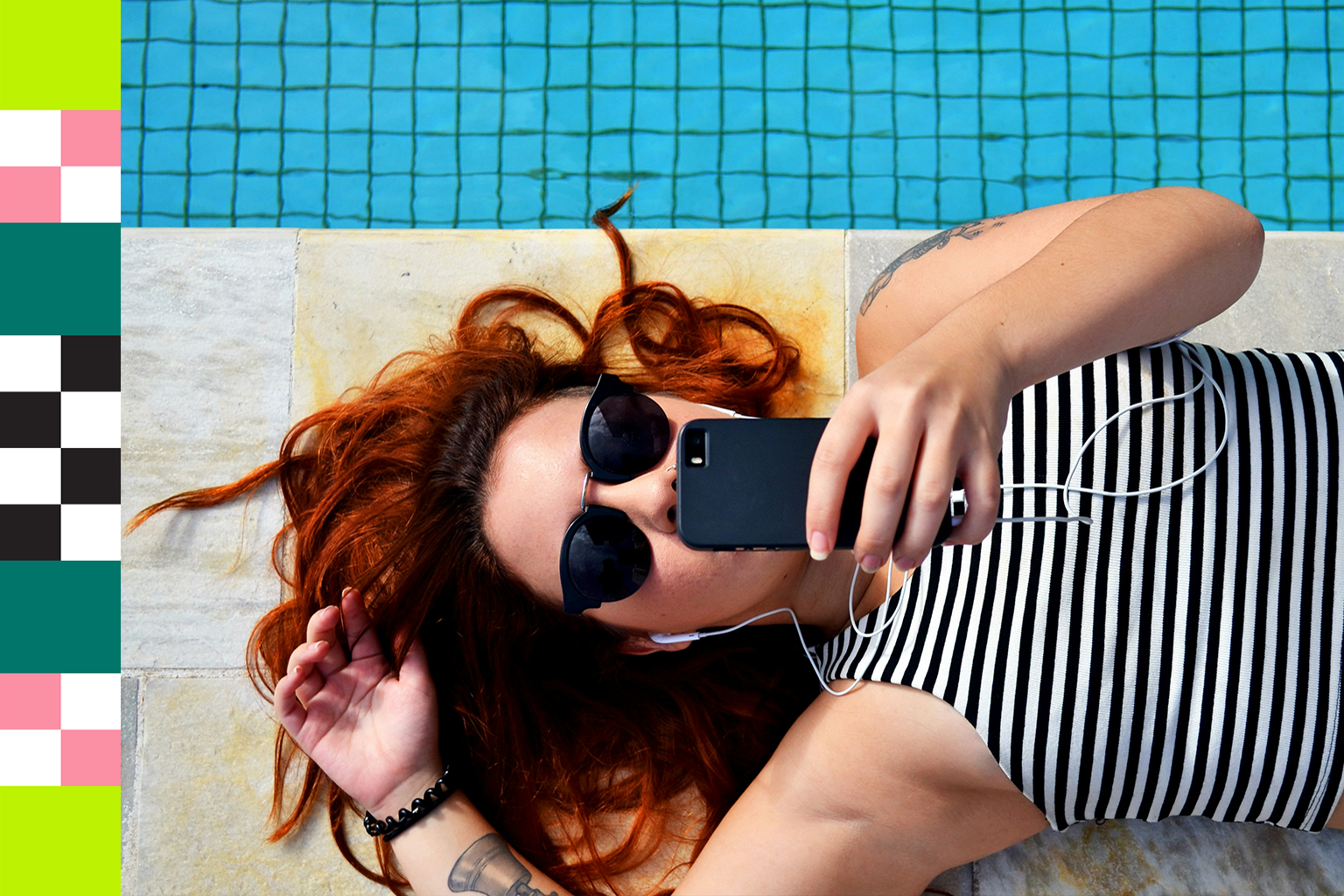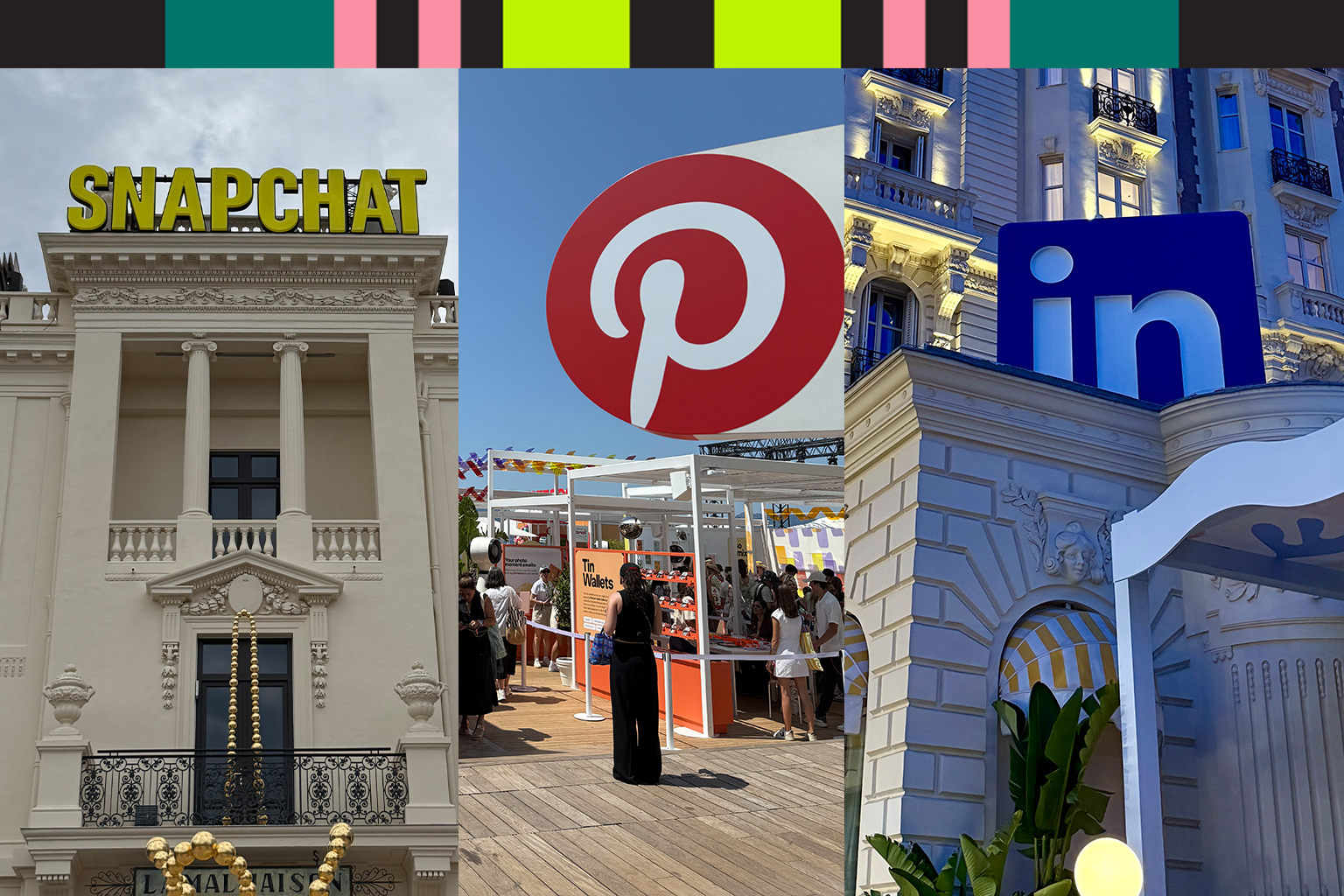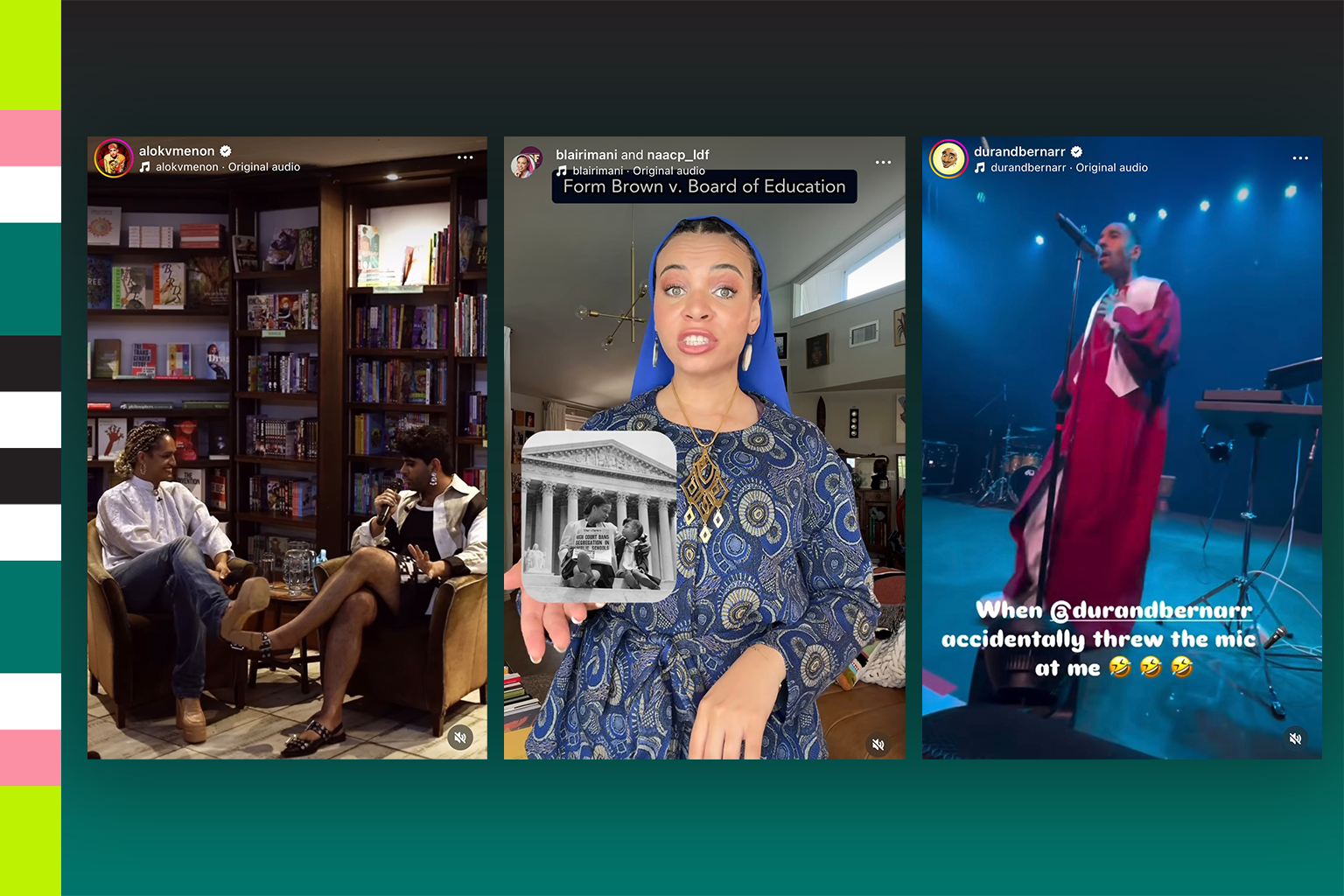
By now, you’ve probably heard us say it a few times, but we’ll say it a little louder for the people in the back: Generation Z loves memes.
But meme culture is not exclusive to Gen Z – Millennials have been quick to pick up this form of content, and you may have even noticed some older relatives sharing “memes” on Facebook, too. Does “share this if you love your grandkids” ring a bell? Believe it or not, that’s a meme!
A meme can be qualified simply by its placement in culture and its innate ability to be shared and spread through its relatable nature. While understanding memes is important for any brand, making memes that make sense for your brand provides the real challenge.
Here are 3 ways to make sure you’re making meme content that sticks.
Speak to a Consumer Truth
Since relatability is at the very core of meme culture, it is the most important thing to keep in mind when creating brand memes. By speaking to a consumer truth – something most of your fans have probably experienced firsthand – you will be able to pack a stronger punch.
The key to discovering these consumer truths? Social listening. By monitoring your comments, DMs, tags, and mentions across platforms, you can go beyond listening and begin hearing what your consumers have to say. For an added layer of insight, search your name and common misspellings to find untagged mentions on Twitter to ensure you are capturing all of the sentiment.
By identifying common themes and truths about your brand, you’ll be able to understand your audience better and produce content that resonates with them. For example, Chex Mix took a consumer truth – most people prefer the rye chip pieces over the pretzel pieces – and made a meme that is relatable to the majority of those that come across it.
https://www.instagram.com/p/BXlz3BblMdC/
User Generated Memes
You’ve probably heard of User Generated Content (UGC) before in the sense that bloggers and fans take pretty pictures of your product and post it to their page, hoping that you may just use it down the road. In addition to these photos, there is a whole world of content out there related to your brand that you may not even know exists. It comes in the form of consumer tweets – what we have dubbed User Generated Memes.
Remember when we suggested searching your untagged mentions on Twitter? While it can lead you to consumer truths, it can also provide candid, sometimes hilarious, content that can be turned into memes.
When you think of traditional memes, you imagine content that has copy across the top and a photo on the bottom, but a new form of meme has gained popularity in recent years: screenshots of Tweets posted to platforms like Instagram, Facebook, and Tumblr. By using the words of a fan, you can post humor that might not sit as well if you try to pass it off as your own.
Sharing User Generated Memes also encourages your followers from Instagram (or another platform) to check out your Twitter page and Tweet about you from their own profile. Chipotle frames all of their User Generated Memes with imagery to tie in cohesively with the rest of their feed.
https://www.instagram.com/p/BjnEEgeD-l4/
What’s Trending?
When you jump in on a trending or viral moment, you have the potential to hit it big. But most of the time, it falls flat. So how can you ensure success when joining the conversation? Remake or mirror the original and tie it back to a consumer truth.
Do you remember the viral Laurel versus Yanny debate? Many brands hopped on board in an attempt to take part in the conversation surrounding the viral moment, but very few succeed.
Gushers was one of the brands that found success by posting a video that mirrored the exact meme that was trending. This way, people could scroll through their feed or Explore page and not realize that they saw a branded post. Adding a subtle, humorous twist that paid off, the brand replaced the sound with a computerized voice saying “Gushers.”
https://www.instagram.com/p/Bi2CQIsla9d/?taken-by=therealgushers
Several brands tried to jump in on the conversation by tweeting things like, “We’re team #Laurel, RT if you agree.” Unless your company is called Laurel Industries or something similar, this type of Tweet likely won’t resonate with your followers. You may end up looking like you’re trying too hard to be relevant, which unfortunately is something people from all generations love to point out.
After all is said and done, there is still one question you should ask yourself and your brand team: are our consumers even interested in this type of content?
Are memes fun? Yes. Do they create viral opportunities? Absolutely. Do they make sense for your brand voice and message? Not always.
Before jumping into memes, try testing out humor in other ways through post copy, Instagram stories, or simply interacting with your fans in the comment section of your posts. At the end of the day, the key to content that performs well is truly understanding your audience.
Want to learn more about memes and other creative content formats? Check out our latest issue of Trend Tap where we walk you through the evolution of these formats, showcase best-in-class brands doing it right, and explain how you can get started.



